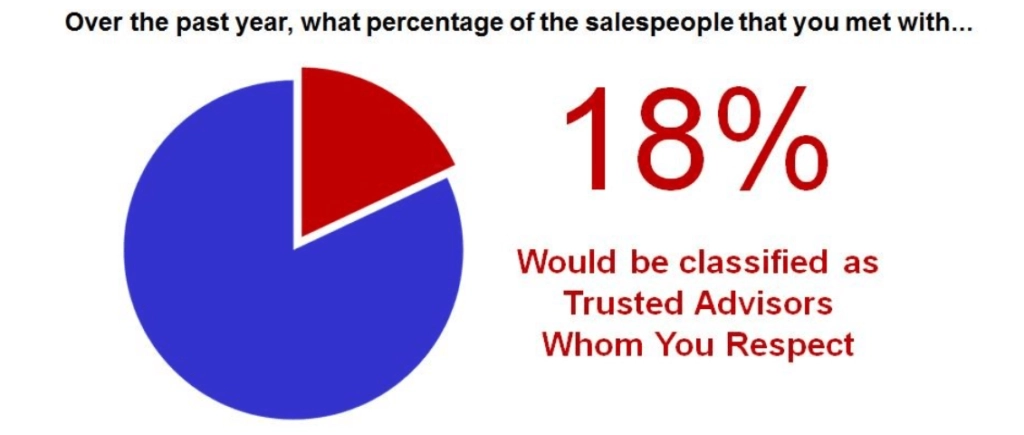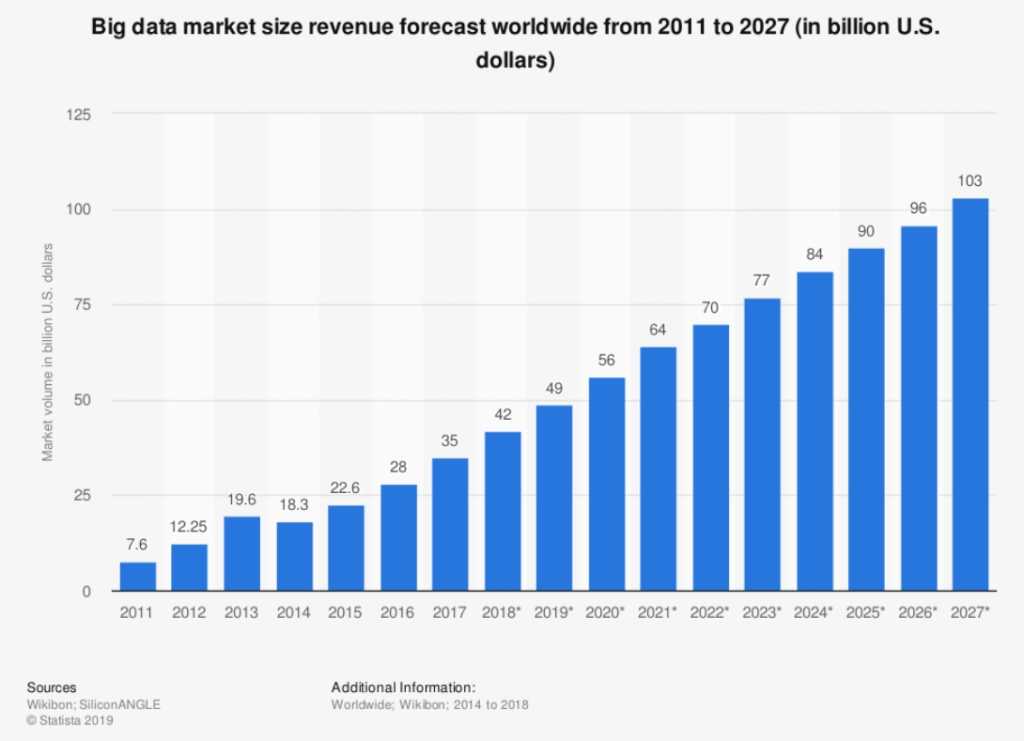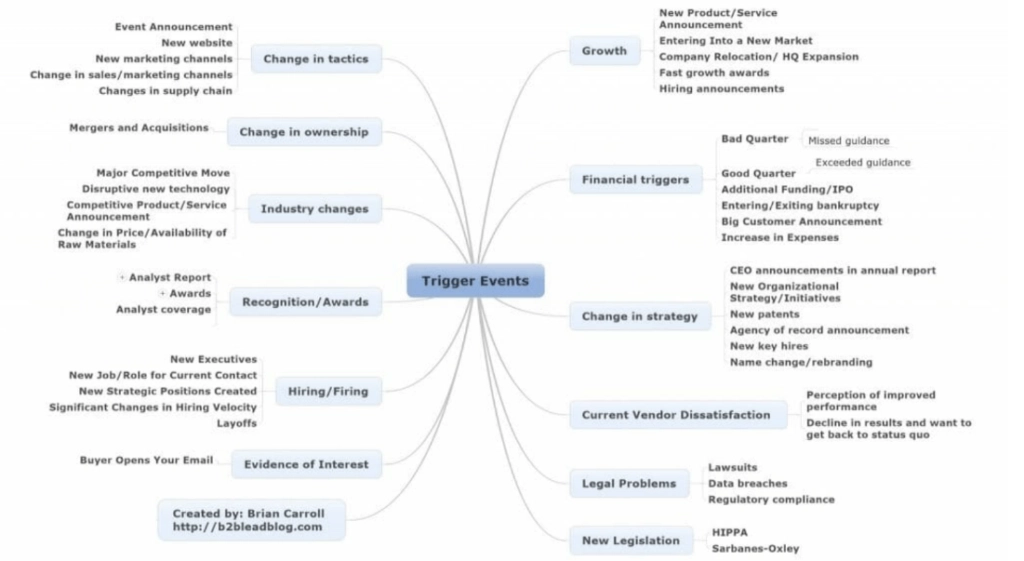
Introduction
Account-based marketing is a selling practice that provides an excellent experience to B2B ABM buyers. Over the years, ABM has gained wider acceptance, with companies big and small adopting it either as the primary selling strategy or as part of their wider sales and marketing practices.
ABM is all about identifying key accounts based on parameters such as value and then focusing most of your budget on crafting unique engagement programs for B2B ABM buyers. It is a highly personalized selling practice, a factor that contributes to its high success. This is of course assuming that your profiling procedure is effective and results in the selection of the right accounts.
C-Suite executives are crucial to the success of ABM. However, due to the busy nature of their jobs and highly efficient PAs who keep their bosses’ schedules closely supervised, C-Suites are hard to access. In addition, when you do finally land a meeting with any member of the C-Suite, you only get very few minutes of their time. This is quite a conundrum, considering a majority of high-value sales need sign-off from a C-Suite member within a company.
So how can you navigate this problem, given that C-suite B2B ABM buyers are so crucial to your sales success? Read on to find out:
- Why the C-Suite is difficult to close and what to do about it
- The three steps of targeting and selling to the C-Suite: Identify, profile, Engage
Who Are the C-Suite Buyers And Why Are They Difficult to Close?
C-Suite are the top-most executives in a company, such as the
- Chief Executive Officer (CEO)
- Chief Financial Officer (CFO)
- Chief Marketing Officer (CMO)
- Chief Technology Officer (CTO)
- Chief Data Officer (CDO)
These executives are responsible for the company’s mission and vision. They guide policy and strategy at the top level, all while ensuring that managers and other executives under them adopt and enact the same.
C-Suite also has the final say in major purchase decisions. Yet one study found that most salespeople aren’t aware that the key to their success lies in targeting the C-Suite. And when they do reach these top execs, they experience so many performance challenges.
A lot of this has to do with client perception of your value proposition and, yes, your mannerisms or professional ability. Author and keynote speaker, Steve W. Martin, says that a majority of salespeople don’t come off as respectable and trusted advisors.

Source: stevemartin.com
Figure 1: Why you aren’t closing your C-Suite leads.
As such, even after you land a meeting with a C-Suite lead, you’re still quite likely to have that lead go cold, if your buyers have trust issues with you.
In the last section of this article, we will give you some tips for getting around this problem, by seeming more respectable and trusted.
Profiling C-Suite Decision Makers
C-Suite buyers fall under these categories:
The User/ Main Stakeholder
This is the main advocate or champion in your account. They are interested in the purchase going through most likely because they will benefit directly from it. Examples include business analysts, HR managers, supply chain managers, etcetera.
The Influencer
Top-level executives are usually the influencers in most buying decisions and your B2B ABM buyers. But sometimes the champion can be the influencer as well, depending on the structure of the company, or your solution.
In addition, a C-Suite executive with an inclusive leadership style may put a lot of value on the opinion of his or her subordinates. That makes such a subordinate an influencer, and you would be wise to target such a person.
The Economic / Finance buyer
This is usually someone with the authority to sign off on whatever purchase is being made. Whereas they aren’t directly involved in most buyer meetings, they can override a purchase decision if they aren’t satisfied with the relevance of a product, or its contribution to business value. You will win this B2B ABM buyer on the bottom lines, such as your ROI.
Be prepared to meet this buyer if you are selling a complex solution or one whose ROI is longer term than usual.
The Technical expert/ infrastructure buyer
Compliance, especially where IT, security, and legal issues are concerned, is the main focus of this buyer. To get through with this buyer, you need to ensure that all compliance concerns are adequately addressed.
Profile: Expand Your C-Suite B2B ABM Buyer Profiles With Data
You have now identified your B2B ABM buyer categories. Next, you need to gather as much contextual and behavioral information as you can, to build up on your buyers’ profiles.
Customer information falls under the following categories:
Intent Data
Actions taken by customers, such as website visits, content downloads, reading product reviews, etcetera, all have meaning.
You can assign weight to these actions, and based on that weight, you can take different engagement actions depending on a lead’s activities. For instance, if a lead leaves their number and asks to be contacted, that lead should be highly prioritized. Other actions, such as watching several product videos could mean that the lead is trying to figure out how the product works. Reach out to such a lead with a free demo offer or ask them to sign up for your webinar.
Technographic data
What software is your target using? How do they implement these tools and services?
If you are wondering why technographic segmentation is important, consider this: in a world where practically everything is being ruled by data, understanding your lead’s or prospect’s tech stack is key to creating a richer personalized experience.

Source: Leadiro
Figure 2: Why Technographic data is important
Company Bulletin
Internal company information such as changes in leadership, current or past acquisitions, P&L, projects, and more, are indicative of the kind of selling environment you will encounter.
Visitor Data
- Is this a first visit or a revisit?
- How much time did your visitor spend on page?
- What is the origin of the traffic? Was it an organic search, or a redirect from a paid ad?
- Which industry/company does your visitor work for? What is their title? Will your solution directly or indirectly affect them?
All this data will give you context for your web visitors.
As you expand on your target list, give special attention to each account. Understand the individuals you will be marketing to within each account. An influencer within one account could differ so much from that in another account. Similarly, a technocrat may hold the most sway in one account, while in another account the same might be the case for the CEO or financier. Thoroughly understand each account then personalize an engagement strategy to increase one-on-one touch with each account.
Engage: Different Channels For Engaging B2B ABM Buyers
A complete engagement strategy should include the following channels:
In any lead generation campaign, initial emails should talk about your lead’s pain points. This is even more crucial when it comes to ABM, as you are dealing with a few accounts and the user-specific data we talked about above.
Addressing pain points shows that
- You understand your prospects’ struggles
- You are the right person to help them address their pain point
Direct calling
The great thing about phone calls is that
- You get to engage one-on-one with the customer
- Engagement happens in real-time
- As such, you can get instant feedback
- And qualify your prospect with immediate follow-up questions
These advantages help you qualify your prospect. By the time you hang up the phone, you will have a better idea of where you stand with that client.
Website
You can tailor the messaging on your website to suit every target account. A great way to do this is with dedicated landing pages.
Webinars
Webinars are great when you want to offer detailed training on different aspects of your product. Webinars are also good for customer onboarding and continuously nurturing your existing customers.
Become A Respectable And Trusted Sales Professional: How to Effectively Close C-Suite Leads
We have already established that even though it can be intimidating to sell to the C-suite, you cannot avoid B2B ABM buyers if you want to be a successful salesperson. So, as promised, below are some tips you can use to make perfect pitches and take your selling game to the next level:
1. Practice SNAP Selling
Jill Konrath, author and proponent of the SNAP selling method, explains how selling to the C-suite can be less intimidating by:
S- Simplifying
The buying experience should be really simple for the buyer. If your approach is too complicated, this will make the decision process difficult and long. It will also complicate the customer’s ability to adopt the solution. Simplify your process.
N- Be iNvaluable
Can you clearly demonstrate the value you bring? Make that value obvious by highlighting the unique qualities of your product.
A- Align
Your offering should be aligned with what the customer is trying to solve. Ask yourself, “How relevant is my solution?”
P- Prioritize
What is the topmost priority for your buyer? Can your buyer easily see your product as a priority or are they just going to relegate it to “maybe later”?
2. Pay For High-Quality Leads
Direct calling results in 4 to 6 times more connections than prospecting without picking up the phone. But, also remember that you cannot have successful direct calling without reliable phone contacts. Therefore, work with a reliable data provider to get contacts for marketing qualified leads. This way, you will have higher connect rates, a shorter selling cycle, and higher closing rates.
3. Keep An Eye Out for Trigger Events
Changes within the industry or organization can create new buying opportunities that you can leverage.
For instance, a company might change its compliance policies to improve transparency. This can be an opportunity for your company if your product can help that lead address compliance issues.
Change in leadership is also a key sign to look out for. New leaders usually want to do better than their predecessors, and this usually involves adopting new processes and tools that increase efficiency. Keep an eye out for changes in job titles and contact such leads to find out if your solution can contribute to their job success.

Source: B2bleadblog
Figure 3: Trigger events.
You can keep track of trigger events by setting alerts on Twitter, LinkedIn and Facebook. Google Alerts is also quite good at monitoring events that are happening online. Use all these tools for information and insights.
4. Demonstrate Value
Your communication to executives should demonstrate how your product can help their company to fulfill their revenue goals (strategic value). If you cannot articulate this value clearly, the C-suite will lose interest in you very quickly.
Now, as much as your end goal is to sell, try not to bring up this part too early in your interaction. The last thing you want is to sound like you are pitching. The C-suite loses patience with this sort of thing.
To increase your chances of success, be patient and take a longer route, whereby
- You first address a particular pain point that your lead has,
- Then, once you have grabbed their attention, show them how you intend to solve their problem
Summing Everything Up
That’s it for now! We hope you have found this guide helpful.
To summarize some key points:
- The C-Suite are important to ABM selling as they ultimately hold the most decision-making power in any organization
- Selling to the C-suite begins with understanding your B2B ABM buyers. Identify your target accounts, profile them, expand on them, then engage
- Engagement methods such as email, direct phone calls, and webinars will help you get maximum success. All these channels have their place, and you should trigger each based on the lead’s actions and position in their purchase journey.
- You need to work on your selling game if you want to close more C-suite accounts. Tips such as the SNAP selling technique are quite helpful in that regard.
Happy selling! If you need help figuring out your ABM lead generation, or any of the areas discussed above, feel free to contact us.
Our blog
Latest blog posts
Tool and strategies modern teams need to help their companies grow.

B2B companies must generate leads that are ready to buy their products in order to me...

In the absence of a constant flow of leads, sales teams can't meet their targets and ...

Podcasts and webinars are powerful tools that marketers can use to reach new audience...



